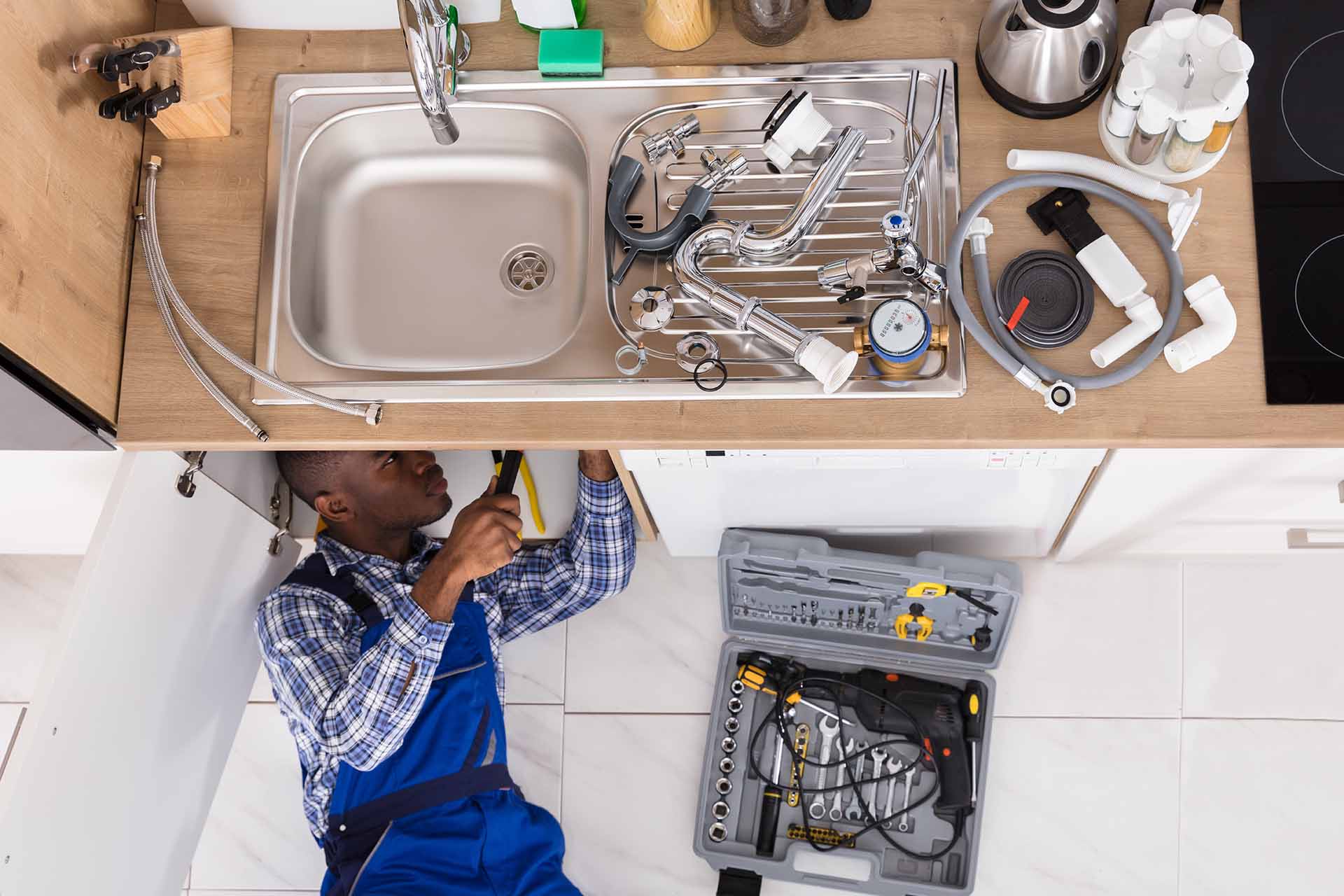Necessary Plumbing Alabaster AL Tips for Homeowners
Necessary Plumbing Alabaster AL Tips for Homeowners
Blog Article
A Detailed Overview to Effective Hot Water Heater Installation for Optimum Performance
Embarking on the job of setting up a hot water heater is a venture that demands accuracy and a methodical approach for attaining ideal performance. The procedure begins with the crucial decision of picking the suitable heating system customized to the specific demands of your home, considering variables such as size, power, and kind source. As soon as chosen, preparing the installment area to fulfill security criteria is critical. The trip doesn't finish right here. As you continue, the details of connecting water lines and setting up reputable electric or gas connections await, appealing understandings into making sure efficiency and reliability.
Selecting the Right Hot Water Heater

Next, consider the size and ability of the water heater. It's vital to examine your house's hot water requirements, which can vary based on the number of passengers and their use patterns. An unit that's as well little may cause inadequate warm water, while an extra-large version could cause unneeded power intake.
Performance rankings additionally play an essential function in selection. Look for hot water heater with high Energy Factor (EF) ratings, indicating superior performance and reduced power usage. Tankless designs, though normally a lot more costly in advance, offer substantial power financial savings with time because of their on-demand home heating abilities.
Preparing the Setup Area
Prior to mounting a new water heating unit, meticulous prep work of the installment area is important. This ensures a smooth installation procedure and assists avoid future complications (Plumbing Alabaster AL). Begin by picking a proper place that abides by neighborhood building ordinance and safety criteria. The area should be completely dry, well-ventilated, and easily accessible for maintenance. It's critical to determine the space very carefully to accommodate the hot water heater's dimensions, making sure adequate clearance around the device for efficient procedure and servicing.
Check the flooring for stability, as the water heater will need a strong, degree surface area to run successfully. If needed, set up a drip pan beneath the unit to capture possible leakages or spills, protecting against water damages to the surrounding area.
Furthermore, guarantee that all required devices and products get on hand before commencing the installation. This consists of products such as wrenches, screwdrivers, a level, and any additional equipment required for securing the heating system and installing. A well-prepared installation location establishes the structure for a successful hot water heater arrangement, enhancing performance and safety.
Connecting Water Lines
When linking supply of water lines to your newly mounted hot water heater, it is crucial to make certain that all links are leak-free and safe and secure to preserve efficient procedure and avoid water damages. Begin by determining the warm and chilly water system lines. The cold water inlet is typically noted with a blue tag or a "C", while the warm water electrical outlet is marked with a red tag or an "H".
Usage flexible water heating unit connectors to facilitate a simpler installment process. Prior to connecting the connectors, put a plumbing technician's tape around the threaded ends of the water heating unit's inlet and electrical outlet pipelines.
When connections are in place, gradually activate the primary water supply valve. Examine each link for leakages by visually really feeling and examining for moisture. Tighten links as needed, and ensure the pressure safety valve is appropriately installed, guarding against extreme stress build-up.
Establishing Up Electrical or Gas Connections
Appropriately establishing up the electrical or gas connections for your water heater is a vital action to make sure risk-free and efficient procedure. For electrical hot water heater, begin by verifying that the electric circuit works with the heating unit's voltage and amperage requirements. Ensure the power supply is shut off at the circuit breaker to avoid accidents. Link the electric wires to the heater complying with the producer's electrical wiring layout. Normally, this entails linking the ground wire to the environment-friendly terminal, and the staying wires to their corresponding terminals, securing each with cord nuts.
For gas water heaters, security is paramount. Verify that the gas supply is off before proceeding. Link the gas line to the hot water heater using an adaptable gas port, guaranteeing it is appropriately threaded and secured with pipe joint substance or Teflon tape suitable for gas connections. Tighten up the connections with a wrench, making sure not to over-tighten (Drain Cleaning Alabaster AL).
When links are made, evaluate for any prospective leakages. For gas lines, use a soapy water remedy to the joints; bubbles indicate a leak. For electric links, ascertain that all wiring is protected and appropriately shielded, keeping conformity with local electrical codes.
Changing and checking for Performance
With the electrical and gas links securely in position, the next action is evaluating the operational efficiency of your water heater. Begin by very carefully activating the water and making certain there are no visit their website leaks at any one of the valves or joints. Once confirmed, proceed to load the container, taking note of the stress and temperature level settings. It is recommended important source to set the thermostat to a recommended temperature of around 120 ° F(49 ° C) to stabilize power effectiveness and comfort.
Following, do a thorough examination to make sure the burner or gas burners are functioning appropriately. For electrical heaters, make use of a multimeter to confirm if the elements are attracting the proper current. In gas versions, observe the burner fire; it must be consistent and blue, indicating reliable combustion.
Readjust the settings as essential to get rid of inefficiencies. Think about implementing insulation actions, such as adding a water heating system covering, to even more boost performance by decreasing heat loss. In addition, check the anode pole's problem, as a worn-out pole can decrease performance and result in tank rust.
Conclusion
Efficient water heater setup is important for guaranteeing ideal efficiency and power financial savings. Securely connecting water supply lines and carefully setting up electric or gas links decrease potential issues.

Appropriately establishing up the electric or gas links for your water heating system is a vital action to make certain reliable and safe operation. For electric water heaters, begin by verifying that the electrical circuit is suitable with the heater's voltage and amperage needs. Attach the gas visit their website line to the water heating system making use of an adaptable gas adapter, guaranteeing it is correctly threaded and sealed with pipe joint compound or Teflon tape suitable for gas links.
Report this page